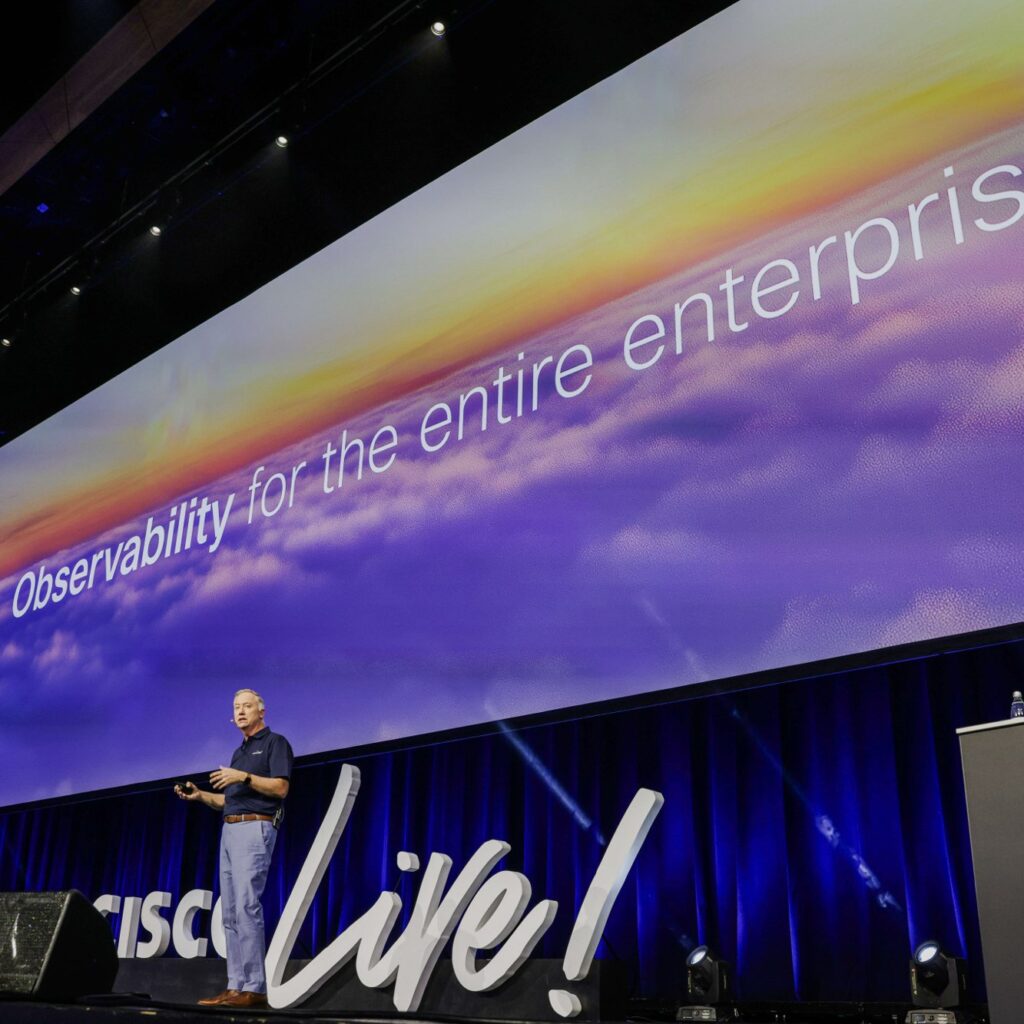Throughout my career, I’ve had the incredible opportunity to dive headfirst into many innovation projects. They ranged from strategic innovation projects to customer experience improvements, and from exploring new ways of working to executing human-centred automation solutions. I wore hats from initiator to facilitator and everything in between. It is thrilling to see projects take off and aim for the moon, while others never make it to the launching platform in the first place. Whether the goal is to disrupt an entire industry or streamline an internal process, each experience provided me with new insights and lessons learned.
Over time, I’ve noticed some recurring statements that are good indicators of underlying mindsets and potential challenges down the road. These are the top three statements that are subtle indicators for potentially big innovation blockers and my thoughts on navigating them.
- “That was a great workshop! Now, let’s get back to work.”
This is a quote from a team leader after we wrapped up a design thinking introduction session. (And the start of an innovation leadership development program, but that is for another time.) Innovation is often seen as something fun and exciting, and it definitely can be (especially with me as your facilitator #humblebrag). People get to explore new ideas and tap into different skills they might not have the opportunity to use in their day-to-day context. But herein also directly lies the issue: exploring challenges and ideas in a systematic way is not part of the business operations. It is seen as something employees can do on top of their work, the perception can range from additional admin to a hobby project.
Now, I’m not saying we should clear all calendars indefinitely and only work on validating new value propositions. The goal is to integrate it into the existing way of working to make it sustainable, which looks different for each team and organisation. I like to start from the overarching strategy, and then identify how innovation initiatives could contribute to this. Are we exploring beyond our existing business model? Creating next-level customer experiences? Or going for operational excellence? Based on that, what do you need to introduce to enhance your current way of working? Where could you realistically create space to do this?
- “But we have always done it this way!”
This statement is often paired with genuine confusion, because why fix something that isn’t broken? The truth is, when something has not changed over a significant period of time there is probably room for improvement. This reluctance to challenge the status quo is often a symptom of an underlying risk-averse attitude. The default then becomes assuming change or new things won’t work or are not necessary. As a result, a lot of potentially impactful change is nipped in the bud.
So, have you always done it this way because this is the best way to do it? Or did it creep in over time and nobody took a second look at it? If it’s the latter, it might be time to explore and experiment with some small changes.
- “I have a great idea, let’s build/buy/do it”
As much as I love this energy, simply running with an idea without any understanding of the problem you are trying to solve often ends in disillusionment (and worst case, a lot of money and time wasted). This comes in different shapes and sizes. Two examples are:
- A senior leader who really wants to implement an AI/Blockchain/Metaverse/Crypto-driven tech platform while the team is already copy pasting between three systems that don’t connect with each other.
- A new process is being rolled out to “streamline operations” which only results in more complexity and an less clarity on roles and responsibilities.
I’m all for trying new things and using technology to make our lives easier. However, when we have an idea or see something cool we want to introduce, we need to go back to the human who we expect to use this. There is usually something underneath the initial idea that provides a great starting point for further exploring the real needs and problems to solve.





